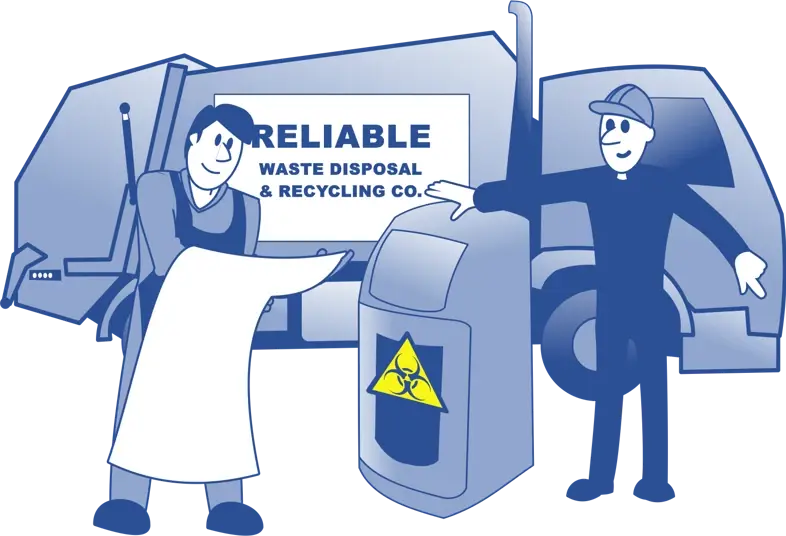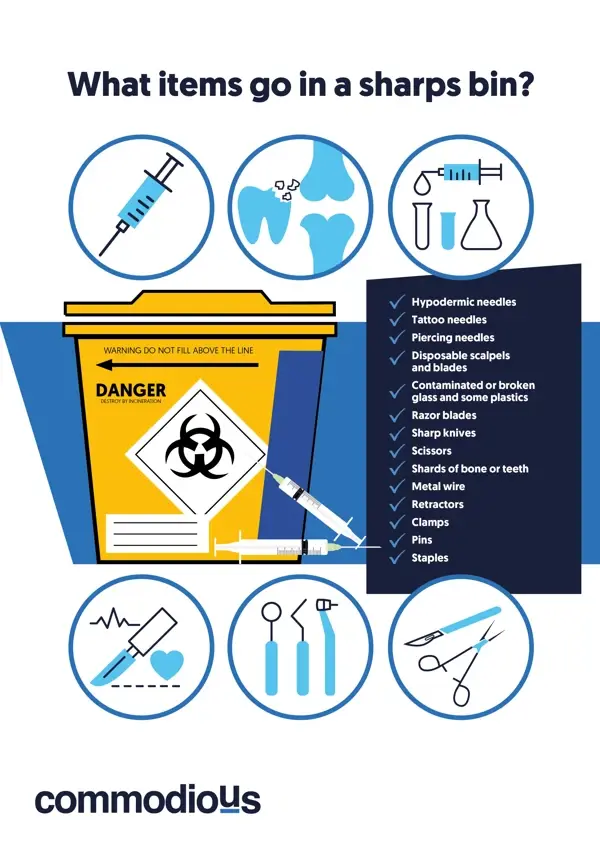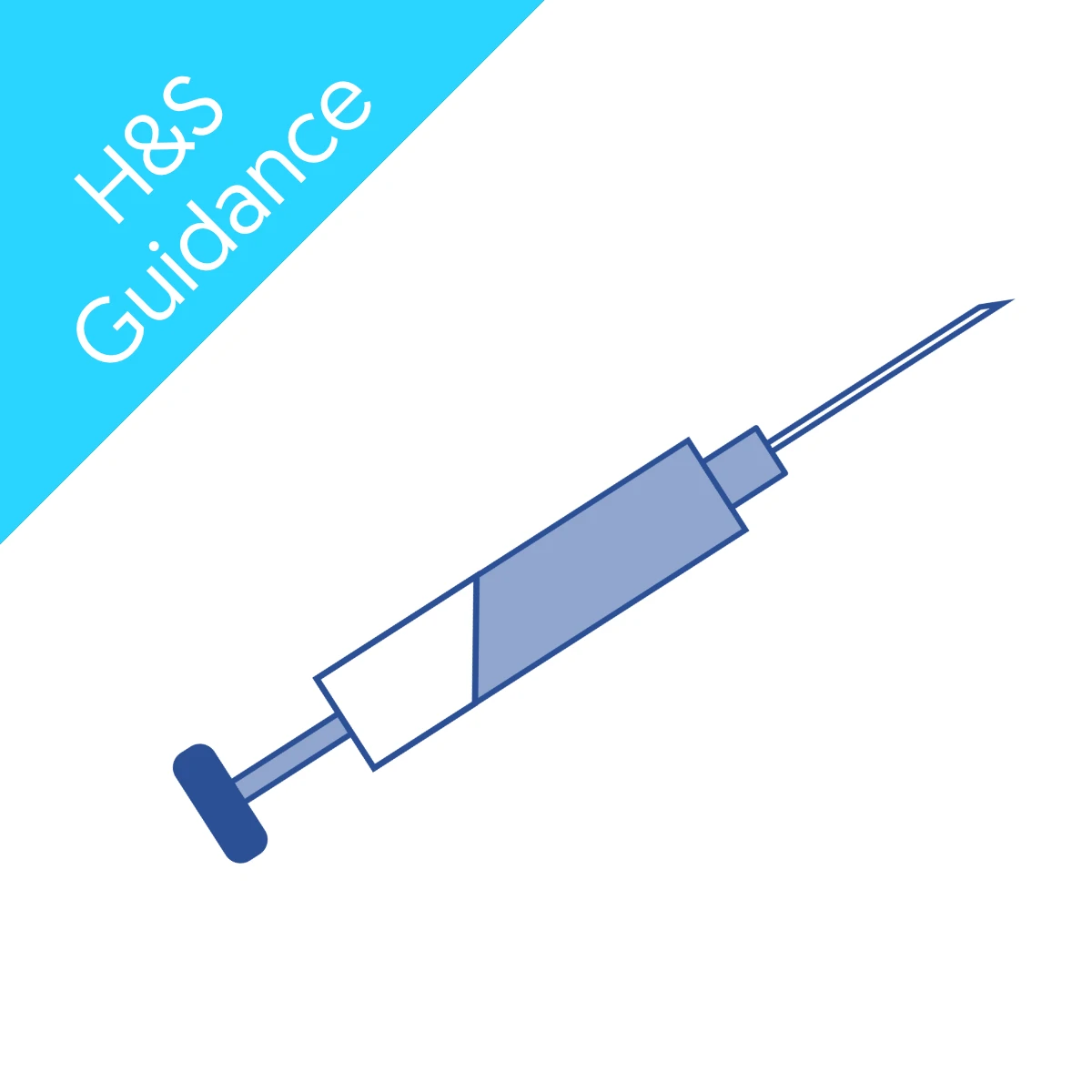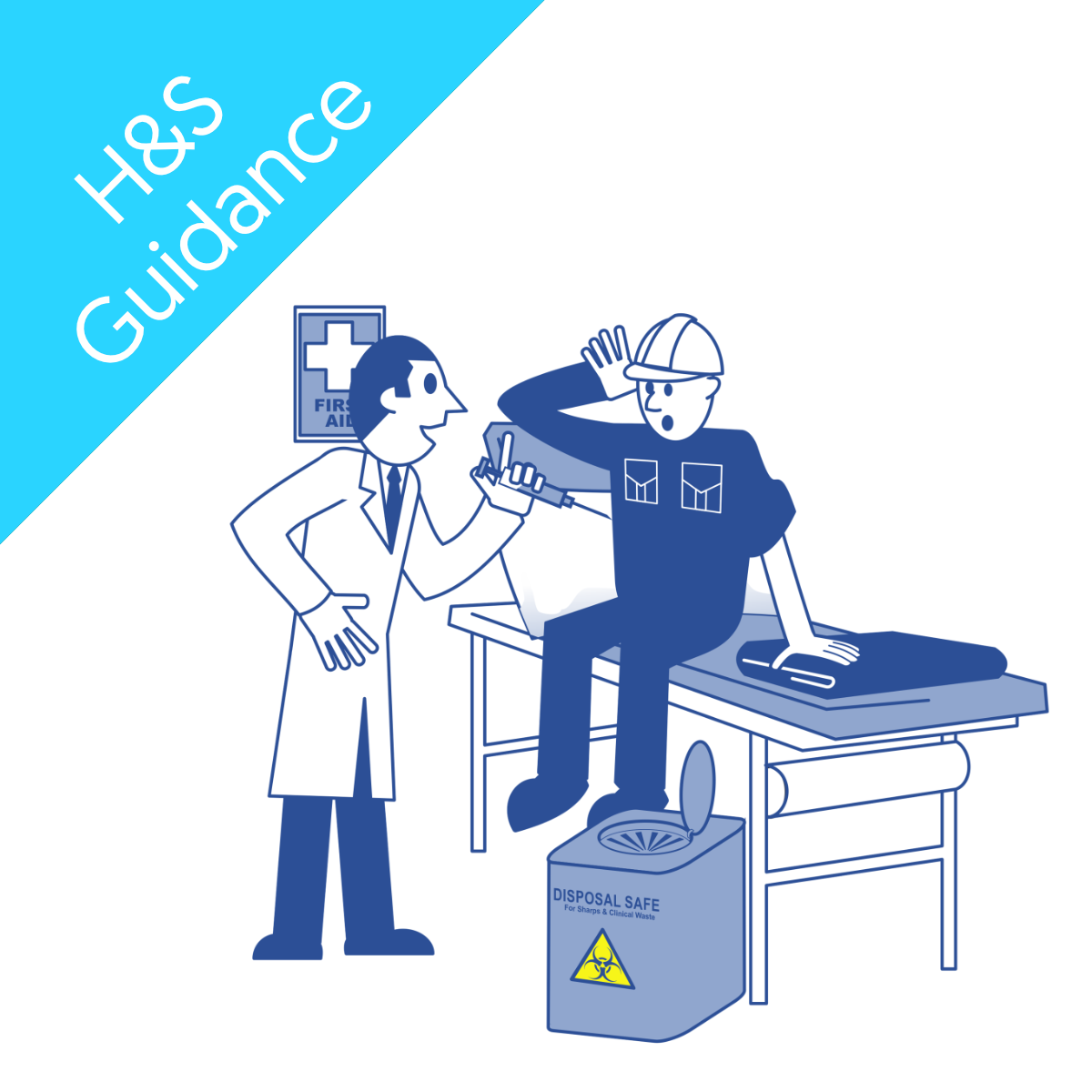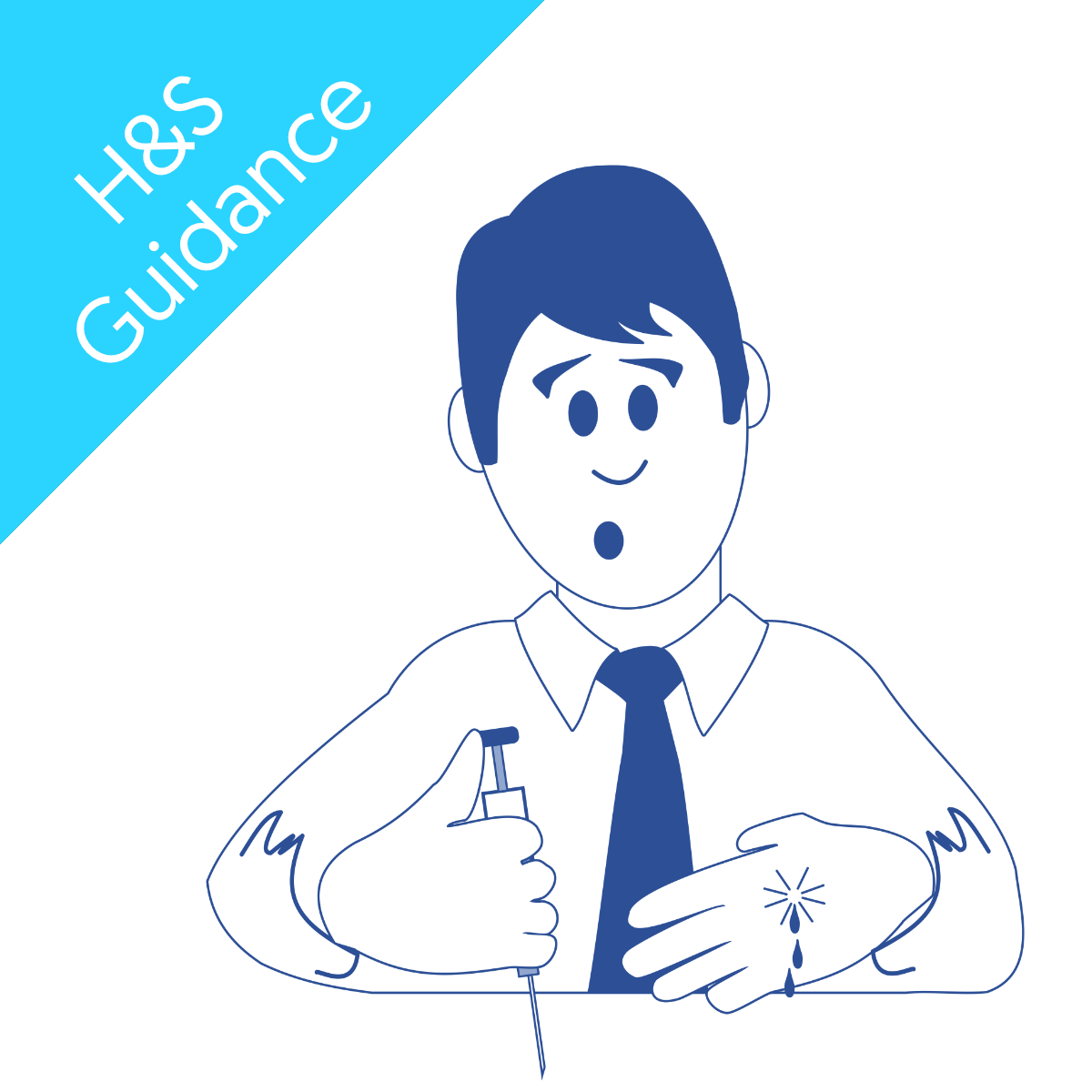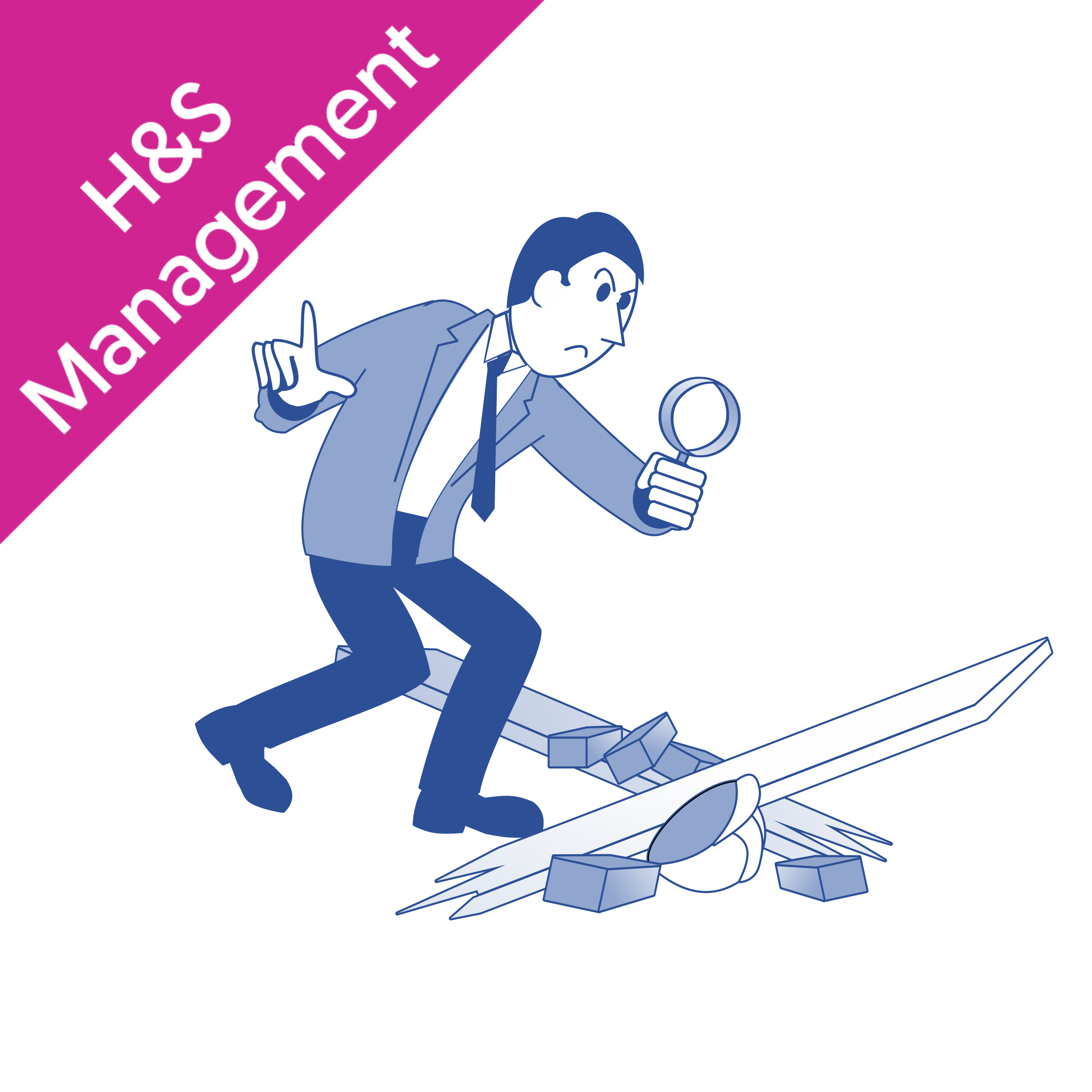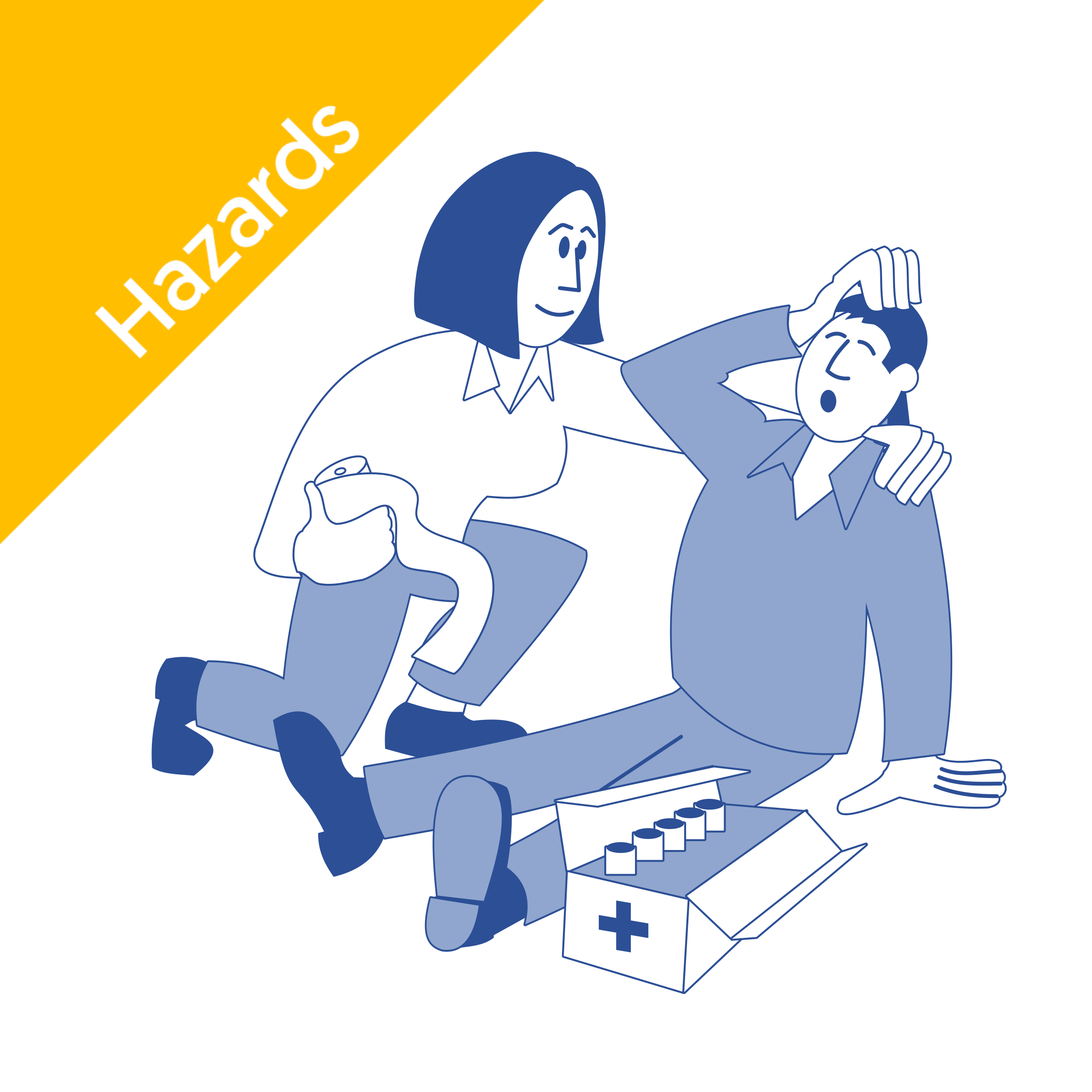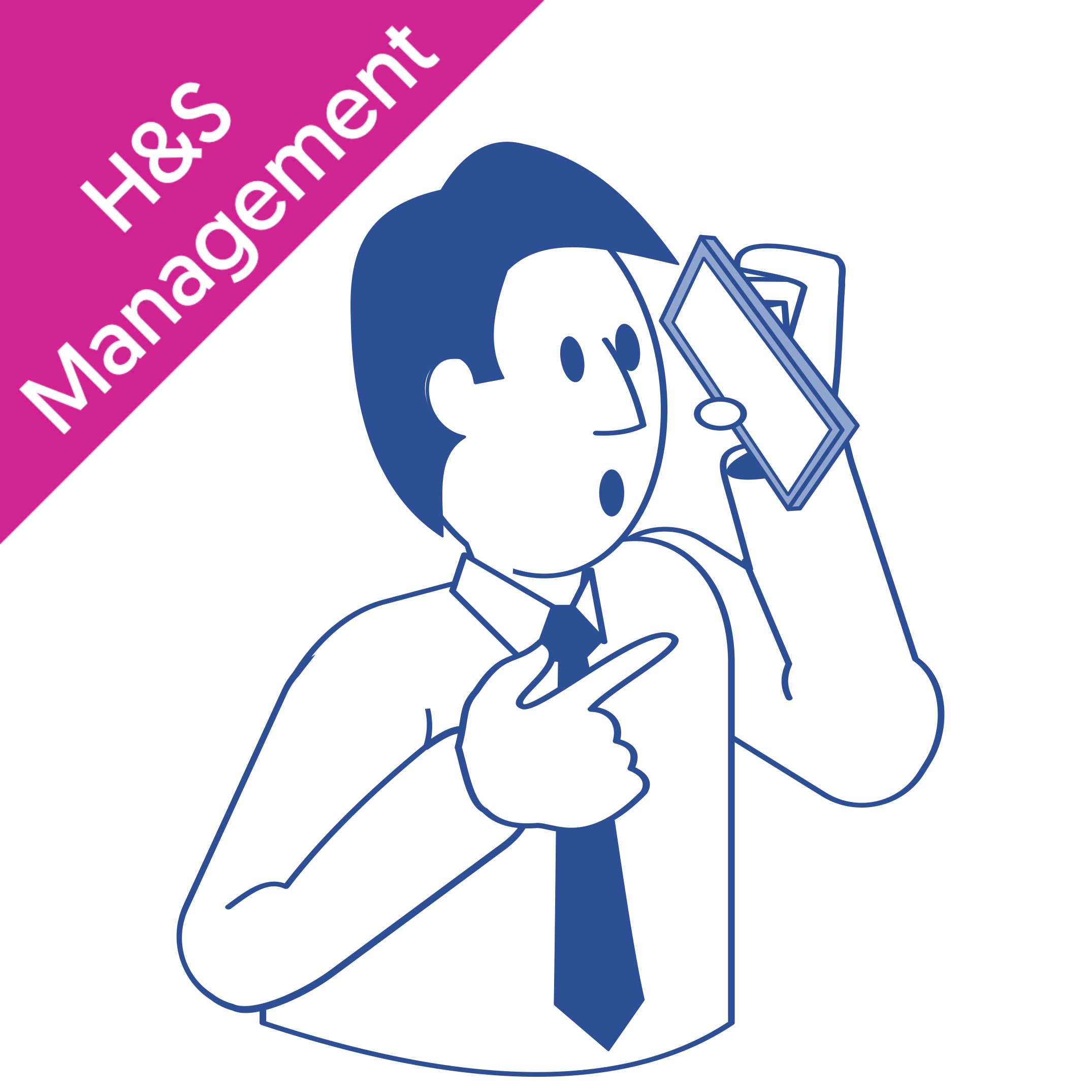Why is safe sharps disposal critical for businesses, home injections, and healthcare?
Safety is key when using and disposing of sharps for businesses, home injections, and healthcare. Keeping safe practices in focus helps:
- minimise the risk of sharps injuries
- protect individuals and the environment
- promote a culture of safety and hygiene
- compliance with legal requirements
- reduce the burden on healthcare organisations
Understanding the different types of sharps and risks involved
Sharps, such as needles, syringes, and lancets, pose potential health risks if not disposed of properly.
Let’s look at the different types of sharps and the risks involved with improper disposal.
What are sharps?
Sharps are objects that can puncture or cut the skin. These include:
- needles,
- syringes,
- lancets, used alongside blood-testing devices,
- clippers, and
- scalpels.
Why is the correct disposal of sharps important?
Correct sharps disposal is crucial to preventing injuries and the transmission of diseases. Sharps may carry bloodborne diseases, like HIV and Hepatitis B and C. Incorrectly disposed sharps at work pose a high risk to cleaning, maintenance, facility staff, and the general public. At home, unsafe sharps disposal can harm anyone close by, including children and pets.
Best practices in safe sharps disposal for businesses, home injections, and healthcare
Proper sharps disposal is crucial for public health and safety.
Training employees on sharps waste management and providing designated containers is important for businesses and healthcare workers. Individuals who use sharps at home, such as diabetes patients, should explore safe disposal options. Dedicated sharps disposal is often available at a pharmacy. The NHS and other healthcare providers often guide sharps users through safe disposal services.
Healthcare facilities and businesses must adhere to regulations and guidelines when disposing of hazardous waste. The Health and Safety Executive has produced an information sheet for employers and employees to help comply with the Health and Safety (Sharp Instruments in Healthcare) Regulations 2013.
How to prevent sharps injuries
To prevent sharps injuries, always follow the following guidance.
- Always use a designated sharps container to safely dispose of needles, syringes, and other sharp medical objects.
- Never dispose of sharps in a waste or recycling bin to prevent injuries.
- Keep sharps containers out of reach of children and pets to ensure their safety.
- Familiarise yourself with local laws and regulations regarding sharps disposal and consider utilising mail-back programs or community drop-off locations for proper and secure disposal.
Steps to take if you get an accidental sharps injury
If you have an accidental sharps injury, acting quickly and taking the necessary precautions is essential.
- First, stop the bleeding by applying pressure to the wound using a clean cloth or bandage.
- Thoroughly clean the wound with soap and water to reduce the risk of infection. If the injury is deep, bleeding heavily, or has a high infection risk, seek immediate medical attention.
- Dispose of the sharps that caused the injury in a sharps container, following local regulations and guidelines.
- If the sharps incident happens at work, always report accidents and near-misses to your line manager to protect co-workers from future injuries and promote a safe working culture with sharps.
Methods for disposing of sharps and syringes
When it comes to sharps disposal, it is crucial to follow correct methods and techniques. One of the most important steps is using a sharps container to safely dispose of needles, syringes, and other sharp instruments. A sharps container is puncture-resistant and should be labelled "Sharps".
If you cannot access a specialised sharps bin or sharps bin disposal, avoid using a general rubbish bin or recycling bin. Some sharps manufacturers offer a mail-back program. Or you can find a designated sharps disposal location for safe disposal. Your local government website should provide an up-to-date list of these facilities or you can ask your pharmacist for advice.

